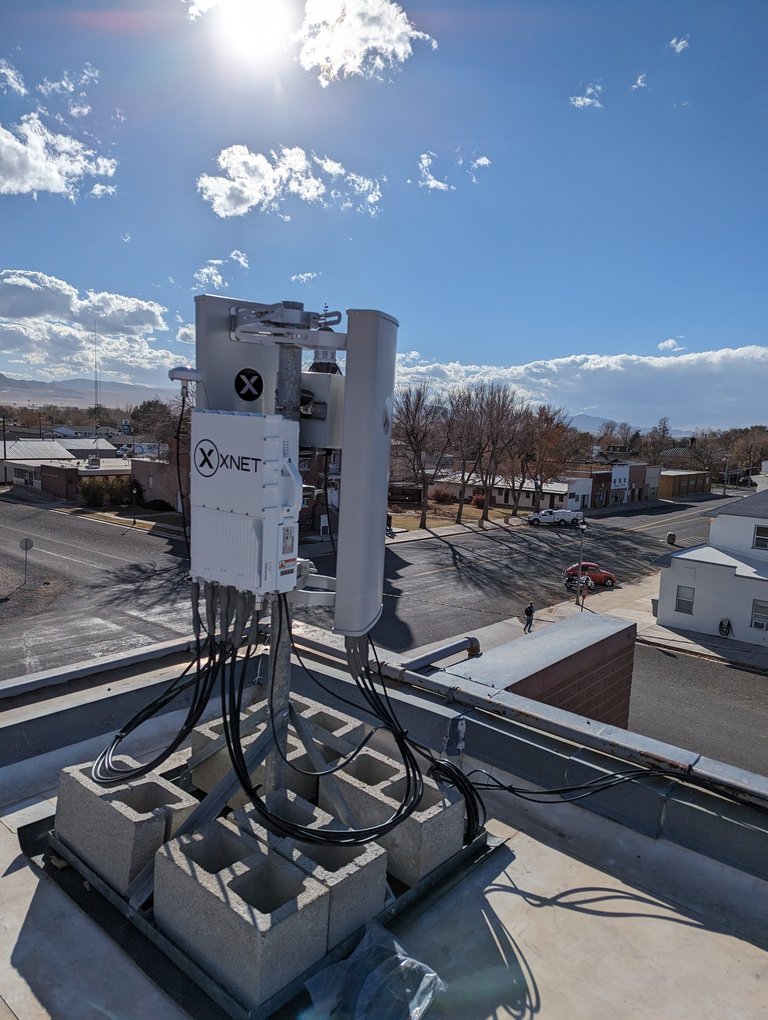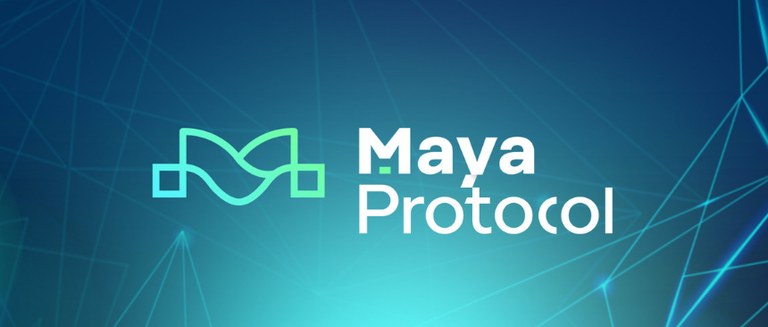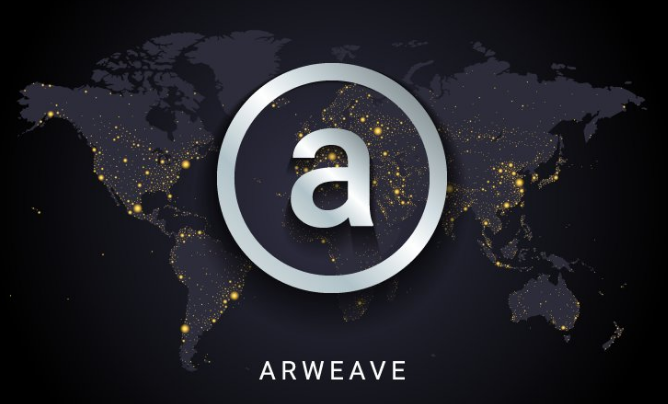Crypto continues its relentless evolution since the launch of Bitcoin back in 2009.
In the bull-run of 2017 we had the Ethereum ICO craze, and then in 2021 we had rampant speculation of the NFT/Multiverse. You may be wondering, what does 2025 hold?
DePIN has been attracting quite a bit of attention recently, ever since Helium proved demonstrably that physical networks can be deployed in a decentralized manner.
Meanwhile, decentralized exchanges (DEX) like THORchain have been experiencing increasing volume as people seek alternatives to restrictive centralized exchanges (CEX).
Finally, we have other DePIN projects that are working to decentralize digital storage and compute power, which are each revolutions in their own right.
With so many projects in development, it's hard to choose only three. But in this post we will cover a few that are innovating, and have significant potential for growth in their respective sectors.
XNET Mobile
Helium, being the original DePIN project, first rolled out its decentralized wireless network in 2019 to service IOT devices. It has since expanded into the 5G realm, and has already started to offload significant traffic from the incumbent cellular carriers.

XNET operates similarly to Helium, using token incentives to motivate individuals to install 5G radios that provide service to cellular users. Notably, they have already offloaded more than 20TB of data after partnering with a major established carrier.
Keep in mind that, while 100% transparent, these tokens are under the control of the founders, and you can see their freeze or update authority set in the Solana block explorer.
Maya Protocol
When entrepreneurs and investors discover the freedom of decentralized exchange, their centralized counterparts will likely disappear over time.
THORchain pioneered the idea of a cross-chain decentralized exchange back in 2018, offering non-custodial swaps, and it has been gaining traction ever since.
The founders of THORchain realized that the protocol will lack the capacity to process every cross-chain swap in the future, so they have encouraged alternatives like Maya Protocol and Chainflip to take on the extra load.

Maya Protocol supports additional exchange pairs that don't exist on THORchain. For example, DASH and Radix have already been integrated into the protocol, with more pairs coming in the near future.
Arweave Ecosystem
Arweave, yet another DePIN project, is focused on decentralizing the world's digital storage. The project has been in active development since 2018, and recently launched the AO computer to improve decentralized application performance.

Similar to projects like Filecoin and Jackal, Arweave is working to decentralize the world's digital storage, and put the power back into the hands of the user.
Arweave opens up the possibility of truly decentralized websites, meaning the front-end will exist permanently, without any single point of failure.
Until next time...
In this post, we covered three crypto projects that are leaders in their respective sectors, and are actively innovating to make decentralized infrastructure and web 3.0 a reality as we approach the year 2025.
If you learned something new from this article, be sure to check out my other posts on crypto and finance here on the HIVE blockchain. You can also follow me on InLeo for more frequent updates.
Resources
Deployed XNET Radio [1]
Maya Protocol Logo [2]
Arweave Logo [3]
Posted Using InLeo Alpha